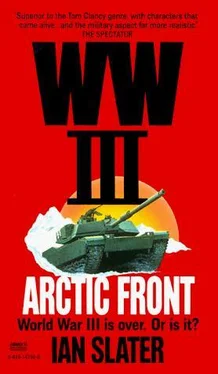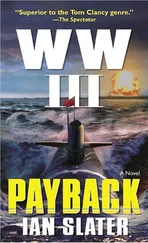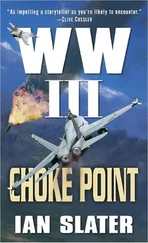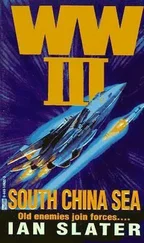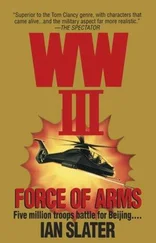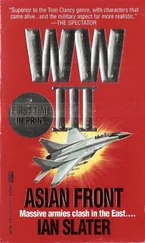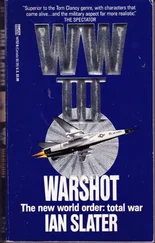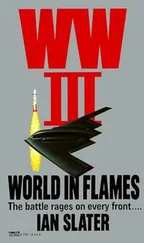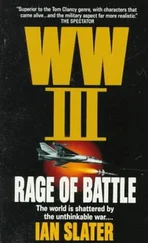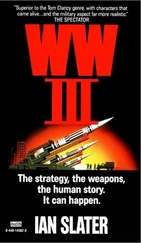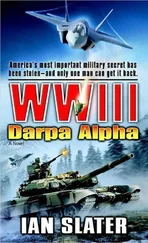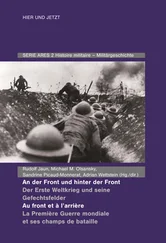* * *
Because Joe Mell’s Skidoo conked out — he’d had to clean the plugs and tinker with the carburetor to get it going again — it was civil twilight when he reached the snake. Mumbling that he should have “used the dogs” instead, he cinched the belt charge securely about the four-foot-diameter pipe, took another swig of Southern Comfort, and pushed the button.
They found bits of him as far as two hundred yards away, untouched by the inferno that followed the explosion: the charge had not ignited the oil until it raised the temperature of the crude gushing out of the pipe to its flash point. Forensic analysis of the molecular structure of dime-sized pieces from the charge’s casing recovered by disc metal detectors confirmed what Anchorage FBI had been quick to surmise — namely that the material was of Soviet manufacture and that there had been no timer, a guarantee that Joe Mell, identified by dental records, would never be able to identify Chernko’s Alaskan sleeper.
Only twelve minutes elapsed between Joe Mell’s attack and the two other points of sabotage — one on the North Slope itself, the third at Valdez depot, where the crude was now afire and fouling the pristine beauty of Prince William Sound, huge globular tarballs of unrefined “mousse” crude suffocating every sea creature in their path. The fire at the spill’s periphery was so fierce that it split the ice-cold fir trees lining the sound, their sharp “cracks” heard for miles along the frozen shore.
The environmental catastrophe that was fouling the waters and killing thousands of animals, from seabirds who had become trapped upon landing in the sludge to marmots hibernating in the Brooks Range, enraged environmentalists from Nome to Washington. What would cause the lights of Congress to burn late into the winter night, however, was the stunning realization that the United States — its consumption of fuel in the war five times normal usage — now had its vital oil artery cut.
The pipeline could be mended within a week, but with the Middle East wells afire, the awful vulnerability of the pipeline and of the tankers shipping the oil from Valdez meant that most of the Pacific Fleet’s submarines would have to be deployed to protect the 1,900-mile-long tanker route from Valdez to Cherry Point, Washington to Point Conception in California. This meant drastically reducing the number of submarines available to the Pacific Fleet for action in and about the Aleutians and in America’s ability to interdict the Siberian resupply routes from Vladivostok, Sakhalin, and the Kuril Island bases.
The only positive thing about the situation as far as the Pentagon was concerned was that the few peace protesters around the White House now dried to a trickle. Even those who advocated the United States should let the Siberians have their way could not stomach what the Siberians had done to the pipeline. You could kill a marine, but not a marmot.
Commander in Chief Pacific immediately requested Alaska Air Command to increase chopper patrols over the pipeline and ordered all available subs from Bangor, Washington, to the testing range at Beck Island in Behm Canal, twenty-four miles north of Ketchikan on the Alaskan Panhandle. They were to make ready for increased patrols up and down the West Coast, the chief of naval operations now convinced that with the pipeline under tighter surveillance, the weak points in the vital supply link would be the natural attack lanes between the offshore islands all down the coast, particularly those from Valdez to Vancouver Island in British Columbia to the San Juans off Washington State.
CINCPAC’s orders sent another of the Brentwood brothers-Robert, the eldest — into action. His dual purpose ICBM/attack sub, a Sea Wolf II, the USS Reagan, dipped her moorings at Bangor, Washington, within hours of the Alaska pipeline having been severed. Heading out for another seventy-day war patrol off the West Coast of North America, her “blue” crew was not happy. Being submariners — men who, in order to accommodate all the gadgetry of modem warfare, were forced to live in confined spaces that would have driven landlubbers into a neurotic frenzy in two weeks — they were not whiners. But during their refit and testing runs on the range, they had been within a week of being relieved by the sub’s “gold” crew. The nuclear reactor of the Reagan produced so much power, so much fresh water, that the overflow had to be jettisoned every day. It was the men who wore out first, not ship’s supplies.
One deck below the control room, the missile warfare officer was moving slowly through the red light of “Blood Alley,” batteries of computers on either side of him winking green, red, and amber in response to his testing, his earphones trailing cord as he and Petty Officer Patrick went through a dry run. The captain, like most of his Annapolis-bred ilk, was wont to give orders for a launch any time during the long night of a patrol. You never knew, the officer informed the newcomer Patrick, whether it was for real or not until the last thirty seconds.
“Keeps us on our toes,” said the MWO. The petty officer had another phrase for it, but he was a petty officer because, along with his efficiency, he knew when to keep quiet in the silent service. Besides, he had learned that Brentwood was considered a fair man by the crew — the quiet, shy type — though lord help the crewman who screwed up. In the world of the Soviet Alfa II, not as quiet but faster than the Sea Wolf, a split second either way meant life or death.
* * *
The cliff face erupted in gun and surface-to-air missile fire. The Apaches flew in zigzagging attack pattern, but it didn’t help them. Two-thirds of the way across the twenty-five-mile floe, one of them erupted in flame then disintegrated. The SAM-10 on the retractable launcher took only thirty seconds to slide to the cliff opening — a pinhole from where the choppers were— and unleash the missile that even the nimble firefly-evasive tactics of the Apaches couldn’t shake. But the rolling smoke from the cliff base, as Freeman had anticipated in his order to David Brentwood, told the men whom Brentwood had deployed south and north of R1 along the cliff face precisely where the SAM opening was, as well as that of the medley of other AA weapons whose assorted fire the remaining three Apaches were drawing.
David Brentwood and Aussie Lewis strapped their ice cleats onto their vapor barrier boots, preparing to “visit,” in the SAS lexicon, the AA position nearest R1. A SAM “hole” had surprised Aussie and the Delta radio man when it opened up, seemingly only yards away but in fact a hundred feet almost directly below them. Aussie quickly staked the piton for his white nylon ply line, took the strain in his left hand glove, and abseiled in a controlled hop/fall down the wall of the cliff, another Delta man having taken his place to guard the radio man from any landward attack by the SPETS.
For a moment Brentwood was worried that his ice cleats would be heard cutting into the cliff face but just as quickly forgot about it as he went over the lip into the sustained roar of the Siberians’ ZSU — quads — throwing out their tracer and the din of the SAM’s flashback in its man-made cave. Aussie was abseiling down the cliff on the other side of the SAM hole, thirty feet from Brentwood.
From his vantage point on the island’s southernmost end, the CBN reporter could see the dots of the three Apache helicopters and the cliff coming alive through the smoke, but because there was so much smoke, particularly the exhausts from the SAMs, whose breath immediately turned the frigid air to fog, the zoom on his Sony 5000 video camera was useless. “We’ve got to get closer,” he told the hunter urgently.
Читать дальше
